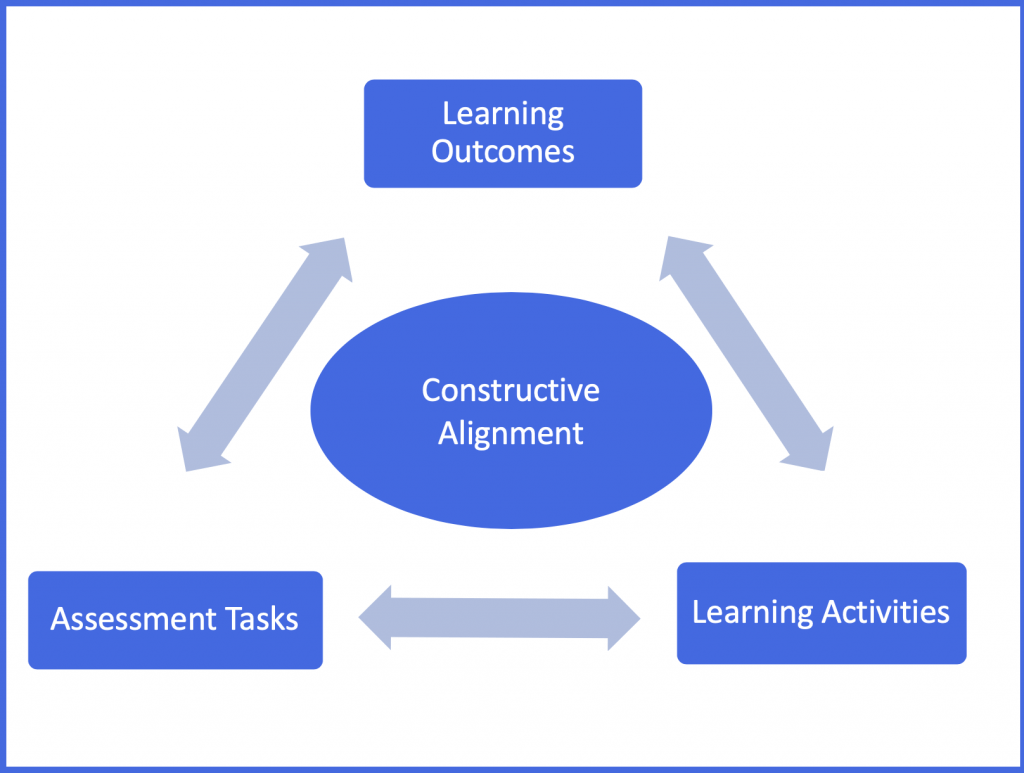Welcome
Welcome to our latest Learning X series, Blend your Module. As you work through this series we’ll present you with some core information to think about and review. You’ll then be encouraged to think about the points raised, to investigate and research a little more deeply and to reflect and apply the information to you own practice. To support this process you can share comments on each activity or you might want to keep a reflective notebook of your thoughts. If you use Twitter you can also share thoughts and any useful resources you find there using the hashtag #UoDLearnX.
Over the course of Blend your Module we’ll be encouraging you to review your current modules and the teaching and learning approaches you use. As you work through this process we hope that by the end of this series you’ll have the outline of a learning design for your module that can help inform an action plan to support the transition to blended learning in 20/21.
Getting started
When moving to a blended learning approach that includes a higher proportion of online learning there can be a temptation to try and reproduce what you’ve traditionally done in the classroom where the focus can often be on the transmission of information. This tends to be because we use technology to do what we’ve always done rather than thinking about how we can use the digital space to enhance student learning and encourage students to take more responsibility for of their learning. This approach was typified in some of the early massive open online courses which were effectively video lecture, multiple choice quiz sandwiches, something we hope to avoid!
Over to you
Have you had any experience of blended or online learning from the perspective of a student or learner? For example have you taken part in online distance learning programmes, online CPD or completed some of the online training packages on cyber security and equality and diversity? What approaches have you found particularly helpful? What have you not liked?
To broaden your perspectives of online and blended learning sign up for a free FutureLearn or OpenLearn course on a topic in your own discipline or that’s of general interest to you. As you explore the course you sign up for think about the types of activities and teaching approaches that are adopted. What strikes you as being particularly effective? Are there any ideas that you can take and apply to your own modules? Share your thoughts in the comments.
Other resources
As we make the transition to blended learning in 20/21 there is likely to be some wariness of how this impacts on our teaching. To finish off this section have a read of this piece by Kevin Gannon on how, ‘Teaching Online Will Make You a Better Teacher in Any Setting‘.


